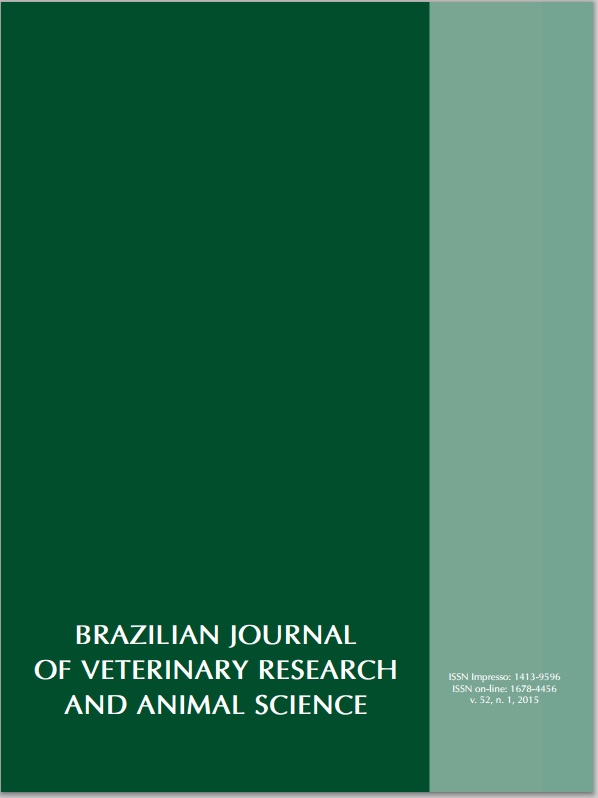Mental symptoms in homeopathy versus neuroscience in veterinary medicine
DOI:
https://doi.org/10.11606/issn.1678-4456.v52i1p15-23Keywords:
Mental symptoms, Homeopathy, Neuroscience, EncephalonAbstract
This study was motivated by the need to determine the relationship between mental symptoms considered in homeopathy and several regions and structures identified in animal’s brain. Obtained results showed that very primitive sensations (what “it feels like”) and emotions (what is “put out” in behavioral terms), such as fears and phobias, interact punctually with also very primitive brain regions (from the evolutionary point of view, such as amygdala and septal nuclei), while “noble” feelings, such as affection and loyalty, interact holistically with newer brain structures (also from the evolutionary point of view), such as the tertiary associative neocortical areas (prefrontal and temporal). In the first case, the symptoms are expressed in organic manifestations, mediated by the autonomic nervous system, with physiological signs of tachycardia, elevated blood pressure, peripheral vasoconstriction, bristling hair, mydriasis and secretion of hormones, such as adrenaline and cortisol (behavioral disfluency), while, in the second case, eventual organic manifestations are harmonious and serene (behavioral fluency). Overall results are highly suggestive about the influence of mental conditions over health and disease of the physical body, through the process of somatization. The overall content of this work is indicative of the practical interest in the results by homeopathic veterinary practitioners, and in this context emphasizes the validity of using human homeopathic repertories in veterinary clinics, obviously with suitable precaution and, always directed by good professional judgment.
Downloads
Downloads
Published
Issue
Section
License
The journal content is authorized under the Creative Commons BY-NC-SA license (summary of the license: https://





